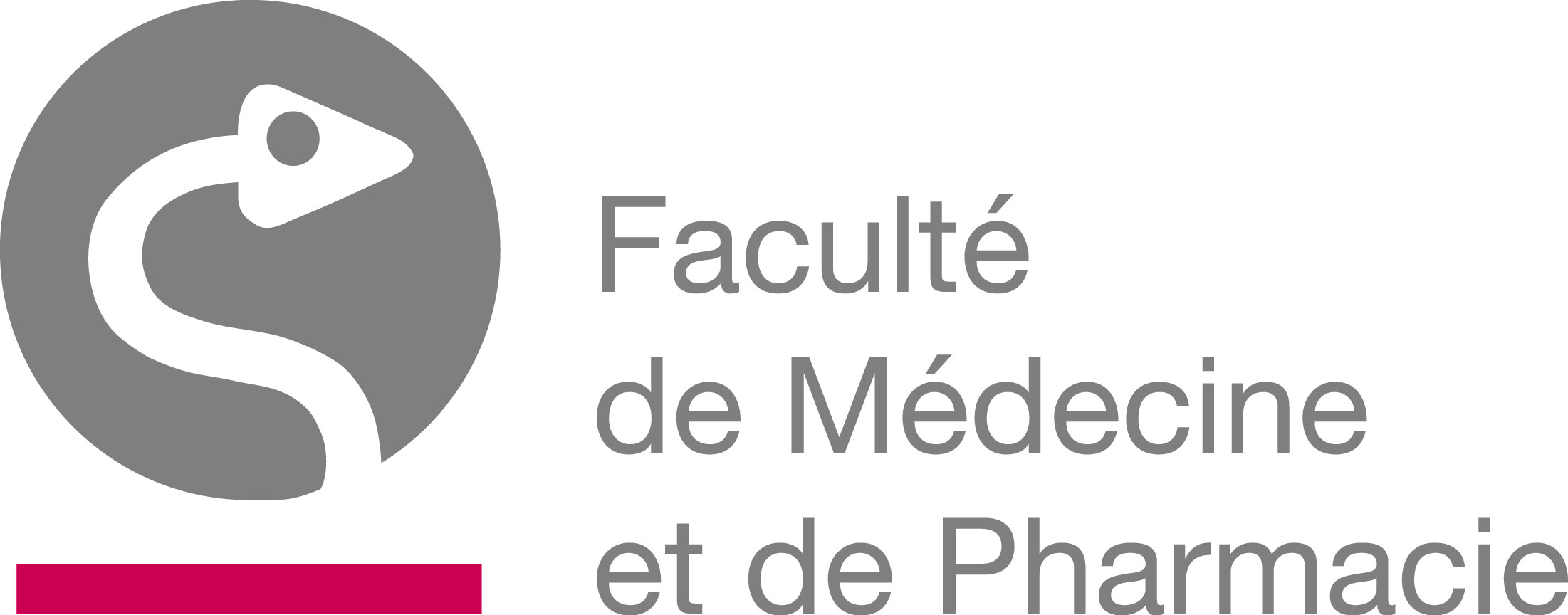 | Study programme 2022-2023 | Français | |
 | Elements of Botany | ||
Programme component of Bachelor's in Pharmacy (MONS) (day schedule) à la Faculty of Medicine and Pharmacy |
| Code | Type | Head of UE | Department’s contact details | Teacher(s) |
|---|---|---|---|---|
| UM-B1-PHARMA-007-M | Compulsory UE | MICHEZ Denis | S869 - Zoologie |
|
| Language of instruction | Language of assessment | HT(*) | HTPE(*) | HTPS(*) | HR(*) | HD(*) | Credits | Weighting | Term |
|---|---|---|---|---|---|---|---|---|---|
| Français | 30 | 15 | 0 | 0 | 0 | 4 | 4.00 | 2nd term |
| AA Code | Teaching Activity (AA) | HT(*) | HTPE(*) | HTPS(*) | HR(*) | HD(*) | Term | Weighting |
|---|---|---|---|---|---|---|---|---|
| S-BIOG-402 | Elements of Botany (part A) | 30 | 0 | 0 | 0 | 0 | Q2 | |
| M-DOYM-101 | Eléments de botanique (partie B) | 0 | 15 | 0 | 0 | 0 | Q2 |
| Programme component |
|---|
Objectives of Programme's Learning Outcomes
- 1. Pharmaceutical expertise: Use a foundation of concepts and knowledge in health sciences and pharmaceutical sciences.
- Understand and integrate the fundamental sciences (chemistry, physics, biology, botany) involved in the specific fields of pharmaceutical sciences
- Understand and apply mathematical translations of large models and chemical and/or biological phenomena through abstract reasoning
- Understand and use different graphical representations of numerical values and their relationships
- Perceive spatial distribution, and understand two- and three-dimensional representations and interconvert them
- Understand the chronology of a phenomenon and master the time scales and their representations
- 2. Scientific method: Solve pharmaceutical problems using their knowledge and critical mind.
- Understand and apply the basic principles of reasoning (obtaining data, analysis, synthesis, comparison, the rule of three, syllogism, analogy, Boolean logic, etc.)
- Develop a critical, practical and analytical mind
- Manage doubt and uncertainty
- 3. Communication: Communicate in an appropriate, efficient, rigorous and respectful way in a professional perspective.
- Understand the basic rules of French and of English (grammar, punctuation, connectors, etc.).
- Use a rich vocabulary linking concepts and words accurately
- Adapt lexical and syntactic choices in communication register (everyday language, medical language or scientific terminology)
- Summarise, explain, and argue
- Listen and empathise
- Work in a team
- Implement ICT in an appropriate manner
- Share knowledge and information
Learning Outcomes of UE
The lecture of " Botanical Elements " aims to teach students to the main groups of plants: Bryophyta, Pteridophyta and Spermatophyta. They will learn their anatomy, their important tissues and their reproduction cycle. We will focus on the flowering plant (Angiosperm) for which we will study the flower morphology, the ovule, the fruits, the seeds, the pollination syndrome and dissemination. At the end of the practical and the theoretical lectures, students will be able to describe and recognize the common Belgian plants, their anatomy, their reproduction, their evolution and their ecology.
UE Content: description and pedagogical relevance
Biodiversity ; Kingdoms ; Biochemistry ; Plant cell ; Plant Tissue ; Plant anatomy ; Reproductive cycle; Bryophyta ; Pteridophyta ; Spermatophyta ; Gymnosperms ; Angiosperms ; Stem ; Leaf ; Root ; Flower morphology ; Ovule ; Fruit ; Seed ; Pollination ; Dissemination ; Flore ; Herbarium ; Dicotyledones ; Monocotyledones
Prior Experience
Biologie générale
Q2 UE Assessment Comments
Examen oral sur la partie théorique (=60% de la note finale); Examen écrit sur la partie pratique (=20% de la note finale); Herbier (=10% de la note finale); Rapports travaux pratiques (=10% de la note finale). L'accès à l'examen pratique n'est autorisé qu'à la condtion d'avoir assisté à 50% des séances de travaux pratiques.
Q3 UE Assessment Comments
Comme le Q2 pour la partie théorique, et examen en salle pour la partie pratique. Les notes d'herbier et de rapport de TPs sont conserivées.
Method of calculating the overall mark for the Q3 UE assessment
Comme le Q2 pour la partie théorique, et examen en salle pour la partie pratique. Les notes d'herbier et de rapport de TPs sont conserivées.
Type of Teaching Activity/Activities
| AA | Type of Teaching Activity/Activities |
|---|---|
| S-BIOG-402 |
|
| M-DOYM-101 |
|
Mode of delivery
| AA | Mode of delivery |
|---|---|
| S-BIOG-402 |
|
| M-DOYM-101 |
|
Required Learning Resources/Tools
| AA | Required Learning Resources/Tools |
|---|---|
| S-BIOG-402 | Not applicable |
| M-DOYM-101 | Not applicable |
Recommended Reading
| AA | Recommended Reading |
|---|---|
| S-BIOG-402 | Note de cours - Elements de Botanique - Denis Michez |
| M-DOYM-101 | Travaux Pratiques - Elements de Botanique - Travaux pratiques (Sciences pharmaceutiques) - Denis Michez |
Recommended Learning Resources/Tools
| AA | Recommended Learning Resources/Tools |
|---|---|
| S-BIOG-402 | Sans objet |
| M-DOYM-101 | See UE |
Other Recommended Reading
| AA | Other Recommended Reading |
|---|---|
| S-BIOG-402 | BASTIN, DE SLOOVER, EVRARD ET MOENS 1996. Flore de la Belgique, 4ème édition. Edition Artel JUDD, CAMPBELL, KELLOG & STEVENS 2002. Botanique systématique, une perspective phylogénétique. Edition De Boeck LAMBINON, J., DE LANGHE, J.-E., DELVOSALLE, L., DUVIGNEAUD, J. Nouvelle flore de la Belgique, du G.D. de Luxembourg, du Nord de la France et des régions voisines. Edition Patrimoine du Jardin botanique national de Belgique. LECOINTRE & LE GUYADER, 2001. Classification phylogénétique du vivant. Edition Belin. RAVEN P. H., EVERT R. F. & EICJHORN S. E. 1999. Biologie végétale. Edition De Boeck. |
| M-DOYM-101 | As UE |